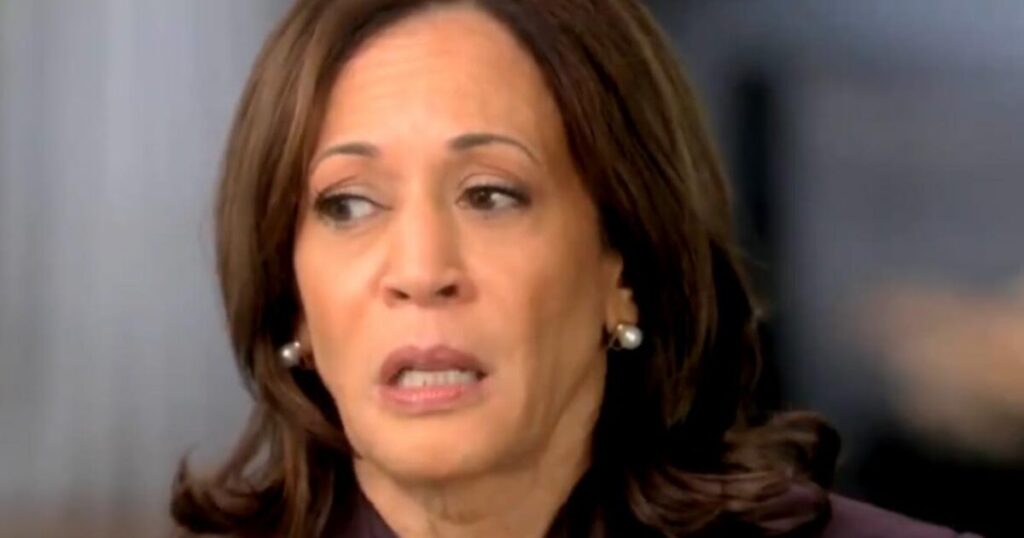As Election Day approaches with less than three weeks to go, the race between Vice President Kamala Harris and former President Donald Trump is shaping up to be extraordinarily tight, with recent analyses indicating the contest is essentially a dead heat. Renowned statistician and pollster Nate Silver has revealed that Harris now has a 50 percent chance of winning the electoral college, marking a shift that has placed the two candidates in a toss-up scenario. This statistical assessment, which surfaced just before a pivotal interview Harris conducted with Fox News anchor Brett Baier, suggests a shifting dynamic in the race, highlighting the unpredictable nature of voter sentiment as the election date draws closer.
The significance of Silver’s assessment cannot be understated, especially as this marks the first time in his forecasting that both candidates are viewed as having equal probabilities of victory. The timing of this prediction, being released prior to Harris’s interview, raises questions about her ability to bolster her standing during critical media engagements. While the Harris campaign has attempted to increase her visibility through various appearances, including friendlier environments like “The View” and “The Late Show with Stephen Colbert,” the conversation with Baier represented a more challenging scenario. Baier, though not overtly combative, did press Harris on pressing issues, including immigration, which led to a series of awkward moments for the Vice President unearthing her struggle to articulate a clear policy stance.
In an effort to combat growing criticism regarding her public engagement, Harris and Minnesota Governor Tim Walz have increased their media presence, but the results have not necessarily aligned with their strategic intentions. The interview with Baier highlighted her difficulties in presenting coherent policy positions, and this could potentially swing voter sentiment further in Trump’s favor ahead of Election Day. Recent data from betting odds provided by RealClearPolitics indicates a notable tilt in Trump’s favor, with his likelihood of winning jumping to 58.1 percent compared to Harris’s 40.9 percent. These odds reflect a general anxiety among Harris’s supporters as both public and media scrutiny intensify ahead of a crucial electoral phase.
Conversely, historian Alan Lichtman, recognized for his outstanding predictive accuracy in presidential elections since 1984 (with the exception of 2000), has placed his predictions firmly behind Harris. Lichtman utilizes a distinctive set of criteria—or “13 Keys to the White House”—to project election outcomes, and his endorsement of Harris introduces a counterbalance to the betting odds favoring Trump. The array of predictive methods being applied highlights the complexity and multifaceted nature of electoral forecasting as both established statistical analyses and more unconventional predictors compete for relevance.
Adding an even quirkier twist to this election cycle, Lochel’s Bakery in Hatboro, Pennsylvania, has made the presidential race a local spectacle with its cookie tally, a tradition that began in 2012. This offbeat approach involves tracking cookie sales printed with the candidates’ names, and the early returns are decidedly skewed in Trump’s favor, with over 18,000 cookies sold for him compared to just 1,000 for Harris. Such unconventional methods, while not scientific, reflect a grassroots interaction with the electoral process and provide an entertaining yet illustrative glimpse into public sentiment.
In conclusion, the landscape leading up to Election Day remains fraught with uncertainty as predictive models and polling data create a multifactorial analysis. Nate Silver’s toss-up assessment underscores the precarious position of both candidates, while betting odds and the unique cookie tally offer contrasting narratives on voter preference. Ultimately, with Harris needing to refine her messaging and bolster her public persona while Trump appears to be gaining momentum, both campaigns are poised for a final push that will undeniably shape the outcome of this tightly contested election. As the electorate prepares to make its choice, the discussions and events of the next few weeks will prove critical in determining the future of the nation.

